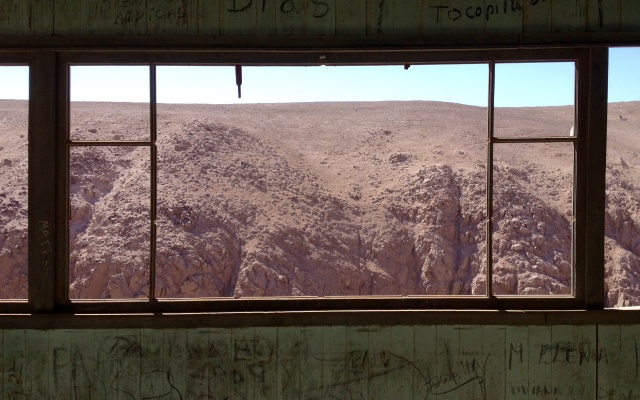
Human existence has always depended on the regenerative properties of the natural world; in due course, this provided the principal excuse for those propagating the capitalist notion of progress, justifying the progressive, aggressive and sclerotic transformation, or rather terra-deformation, of the natural environment. As George Perec put it, “the earth is a form of writing, a geography of which we had forgotten that we ourselves are the authors.”1
Since the 16th century, the New World has become a tropical El Dorado for the Western imagination. Ignoring the rights of the indigenous populations, colonizers continued to transform the – in their perception, virgin – landscape. In this simplistic take, plants, natural resources, the body, and culture of the local population were ripe and ready to be consumed. The majority of practices that had arisen in relation to the natural environment, and which were at odds with the logic of the accumulation of capital, were losing their raison d'être.
One such indigenous practice, now almost extinct, was geophagia. The consumption of soil-based, edible kaolin provided a source of mineral supplementation, helped neutralize toxins from plants, both cultivated and foraged, and was a bearer of complex symbolism. The practice was an effective preventative and sagacious form of medication for the body; at other times it was an inventive culinary touch or a religious act. When colonists and scientists first observed this practice in the Orinoco delta and among the slaves shipped to South America for debilitating labor, they interpreted it as a clear symptom of chronic backwardness, and a further reason to justify the imposition of a Western vision of nature.
Geophagia was not pivoted on climate, ethnicity, tradition, or cultural advancement; it stemmed rather from a harmonious co-existence with the natural environment. Eating soil has not disappeared entirely, although today it tends to be perceived in terms of medical pathology, related to digestive issues resulting from civilizational progress – rather than, as the quite recent interpretation had it, something specific to the indigenous population and African slaves in South America. Today, geophagia – a zest for things apparently inedible – manifests itself in the macro-dimension through the insatiable appetite of the developed countries for raw materials, resulting in terra-deformation of the global South with all the negative social costs that ensue, and on a global scale, in climatic change and catastrophes that trigger mass migrations. Currently, enormous swathes of the world continue to undergo terra-deformation as well as degradation of the environment and erosion of the culture of co-existence. In the capitalist understanding, nature is a store of resources to be exploited for profit – to the maximum degree possible, as quickly and as cheaply, as possible.
Long before the concept of the Anthropocene was popularized, it was the Uruguayan writer Eduardo Galeano who, in his Open Veins of Latin America, proposed viewing geophagia as the insatiable hunger for raw materials. First published in Mexico in 1971, the work was a fusion of literature, journalism, and political satire,2 describing the historical legacy of the era of Spanish and Portuguese colonialism and the capitalist pillage that followed in its wake. Galeano was not, nor was he attempting to be, a professional historian. In Open Veins, he abandoned traditional in favor of anecdotal narration. He defined himself as a witness, trying to “reclaim” Latin American history, appropriated by a socially insensitive academia. With a focus on the history of the enslaved indigenous Bolivian miners, the tragedy of the Venezuelan oil deposits, the devastation of the Brazilian rainforests and the spiky savannas of the Cerrado region, Galeano created a chronicle of the forgotten or tamed history of capitalism in Nuestra América (Our America), to use José Martí’s phrase. Galeano was a consistent critic of capitalism and neoliberalism, well aware that what capital wanted was to impress us with glimmering skyscrapers and make us forget about slums, crime, and devastation. The critique presented in Open Veins would inspire generations of Latin American politicians. The book again made waves in 2009 when then-president of Venezuela, Hugo Chávez, gave a copy of this “Bible of the oppressed” to Barack Obama. The president of Bolivia, Evo Morales, commented that Galeano’s works at all times defended the sovereignty and dignity of the people. In spite of the many changes that have taken place on the continent and the fact that many of the affiliations that the book criticizes are now defunct, Open Veins – which follows the principle of “ayudar a ver,” “to help see” – continues to offer a surprisingly fresh perspective on the relentlessly continuing terra-deformation.
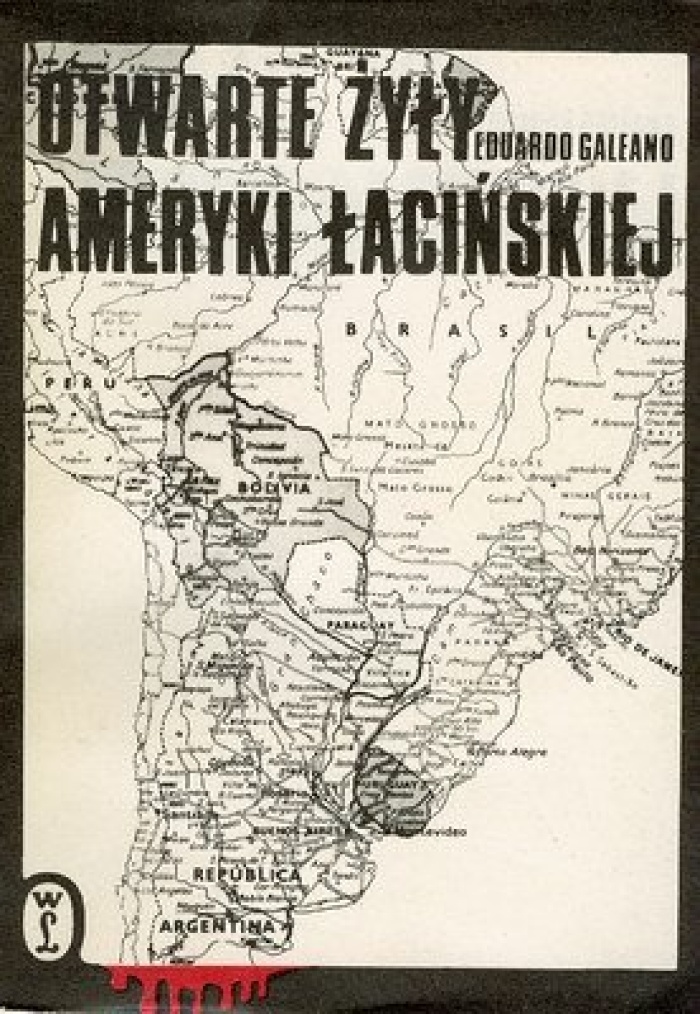
Okładka książki "Otwarte żyły Ameryki Łacińskiej" autorstwa Eduardo Galeano, tłum. Irena Majchrzakowa i Marek Majchrzak, 1983, Wydawnictwo Literackie.
It is difficult to find any traces of a similar stance in the discourse taking place in Poland about Latin America and terra-deformation, or more generally the socio-economic costs of the exploitation and destruction of the environment. Perhaps this is due to the era in which the Polish edition of Galeano’s book was published there (1983) – during the death throes of the People’s Republic, soon thereafter followed by a global reorientation and Poland’s integration with the Western world. During the capitalist transformation that has followed the fall of communism, Galeano’s perspective has become less attractive, if only due to the prevailing neoliberal Darwinism, governed by the principle “succeed or die trying.” Today, what does Warsaw have in common with São Paulo, Santiago de Chile, or Belo Horizonte?
Let us remind ourselves that from the 1960s to 1980s – or during Soviet globalization – there was a great demand in Poland for information about foreign countries in general. The cultural and technological exchange between Central and Eastern Europe and Latin America was the preserve of a privileged few. The majority of Poles were stuck behind the Iron Curtain, dreaming in vain about foreign travel, nor could the numerous representatives of the Polish diaspora abroad (especially in Brazil) go back to visit Poland. For these reasons, the Polish equivalent of the National Geographic Magazine was very popular, as were the Polish expat organizations in South America.
For many decades, the series “Ibero-American Prose” published by Wydawnictwo Literackie in Cracow was the first introduction that Poles had to the Americas “south of the USA”; it was as a part of this series that Open Veins of Latin America had its Polish edition in 1983. The series was echoed by “Literatura na Świecie,” which covered world literature; Warsaw publishers such as Czytelnik or PIW3 also published individual titles on the wave of the “Latin American boom.” It was, however, the Cracow publishing house that embarked on probably the greatest series on the theme since the series La Croix du Sud published in France by Gallimard (1952–1970) or the Latin American series by the Spanish publisher Seix Barral (1963–1973). Its Ibero-American series, with over 120 volumes, was one of the most numerous and varied in Europe. Without a doubt, alongside the postmodern American novels, the "Latin American boom" had a definitive effect on the literary awareness of two generations of Polish readers, inspiring many writers – particularly those who came of age at the turn of the 1980s and 1990s – and contributed to a phantasmal notion of Latin America, filtered chiefly through magical realism. The popularity of this literature turned out to be more than a passing trend; it has perceptibly modified literary tastes and enhanced the literary competence of Polish readers, who encountered the poetics of an open work and as a result accepted a departure from the traditional, realistic format of the novel. Accordingly, expectations of the genre grew: the novel began to be perceived not as mere entertainment, however sophisticated, but above all as a means of talking about what matters.
In post-communist Poland, oriented towards capitalism and the Western world, there has been notably less interest in the intellectual idiosyncrasies of Latin America. Before the internet became commonly available – apart from an occasional reprint of the most popular titles of the “Latin American boom” and the ever-popular series Ibero-American Prose and outside the context of tourism, football, or samba – Latin America has only come to the fore in Poland at times of “contingent” events. One such occasion was the ephemeral appearance on the Polish political scene of Stan Tymiński from Peru, who came within a whisker of beating Lech Wałęsa to become the president of Poland, or the people’s tribune Andrzej Lepper, who failed to repeat the success of Evo Morales, due to class divisions in Poland. There are still no sound blueprints for mutual relations between Latin America and Central and Eastern Europe. It is not often that the names of the best Latin American writers of Polish origin come up, to name but a few they include Elena Poniatowska, Ana Bella Geiger, Yanka Rudzka, Paulo Leminski, Frans Krajcberg, as well as many artists of the young generation.4
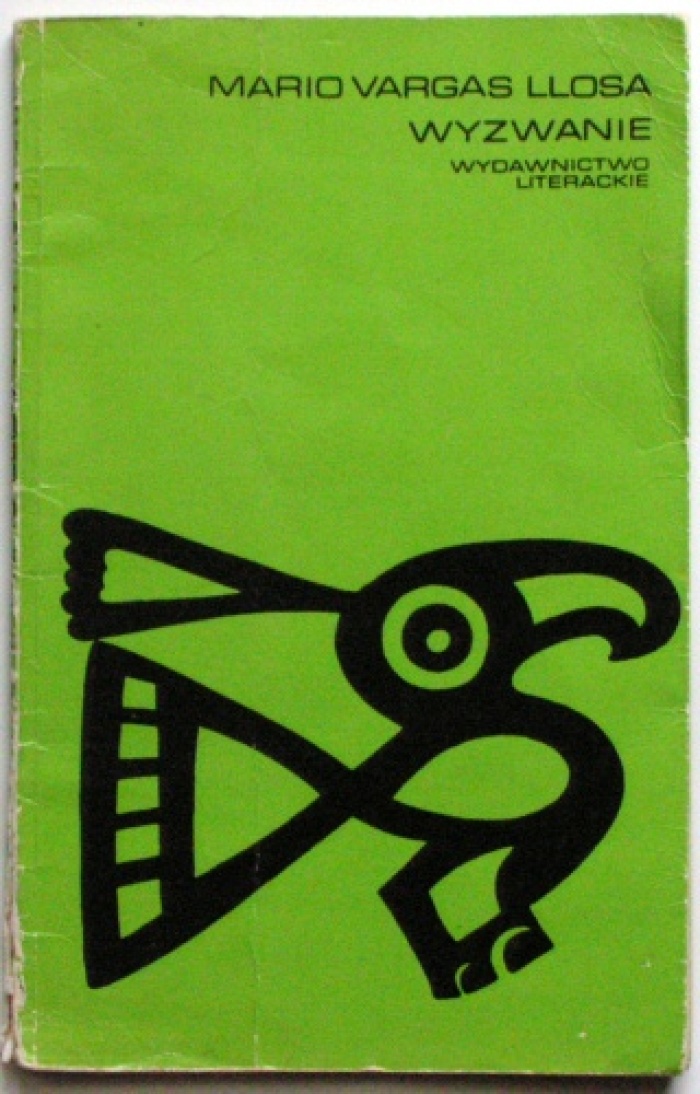
Covers of the books published in the series "Latin American Prose" [Proza Iberoamerykańska] of Wydawnictwo Literackie publishing house. Source: http://lubimyczytac.pl/seria/62/proza-iberoamerykanska/
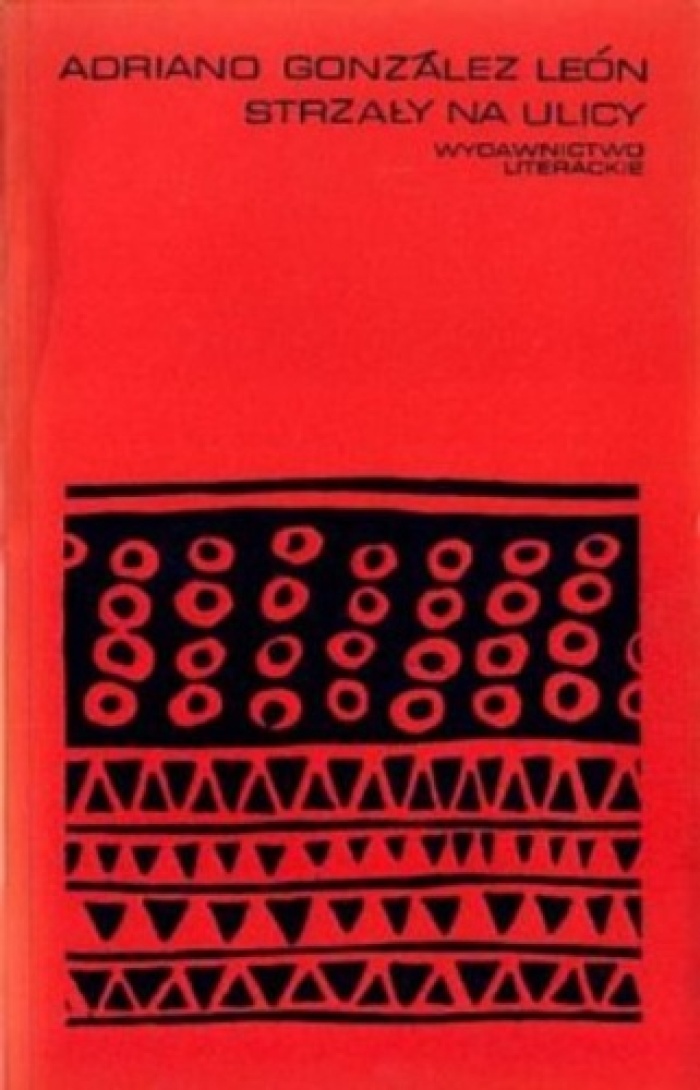
Okładki książek z serii "Proza Iberoamerykańska" Wydawnictwa Literackiego. Źródło: http://lubimyczytac.pl/seria/62/proza-iberoamerykanska/
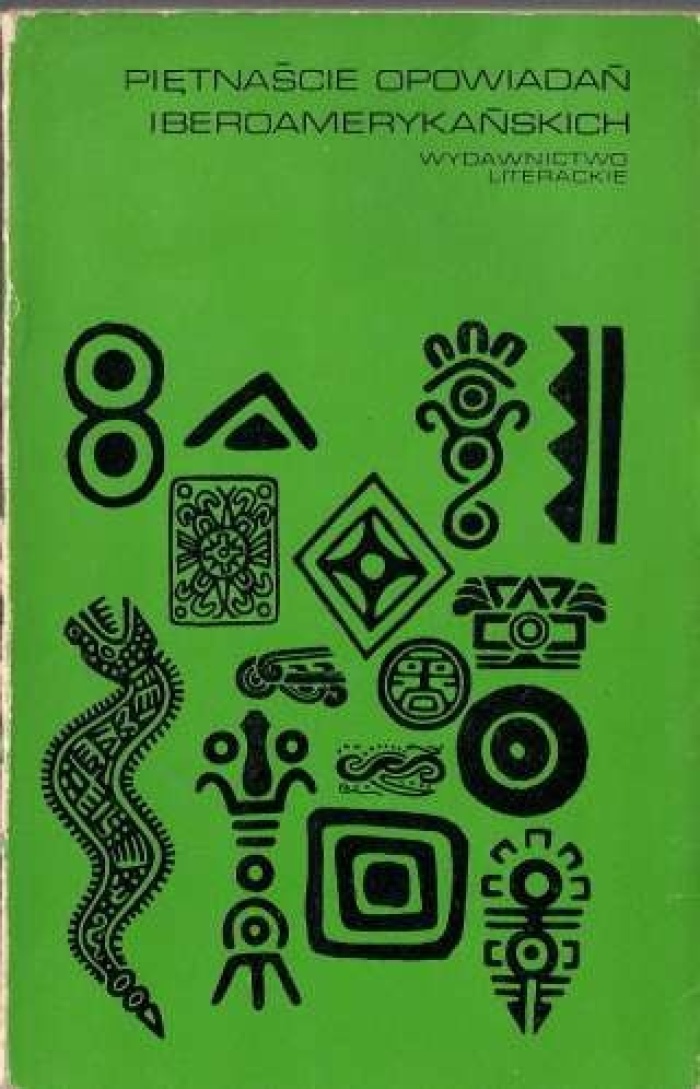
Okładki książek z serii "Proza Iberoamerykańska" Wydawnictwa Literackiego. Źródło: http://lubimyczytac.pl/seria/62/proza-iberoamerykanska/
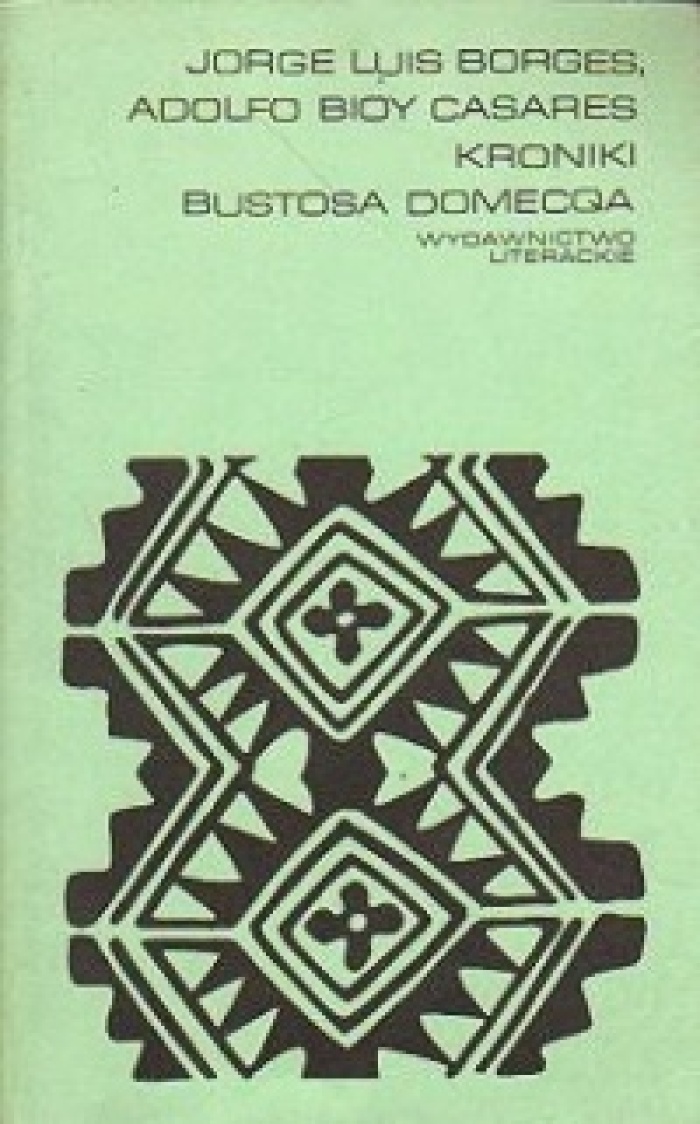
Okładki książek z serii "Proza Iberoamerykańska" Wydawnictwa Literackiego. Źródło: http://lubimyczytac.pl/seria/62/proza-iberoamerykanska/
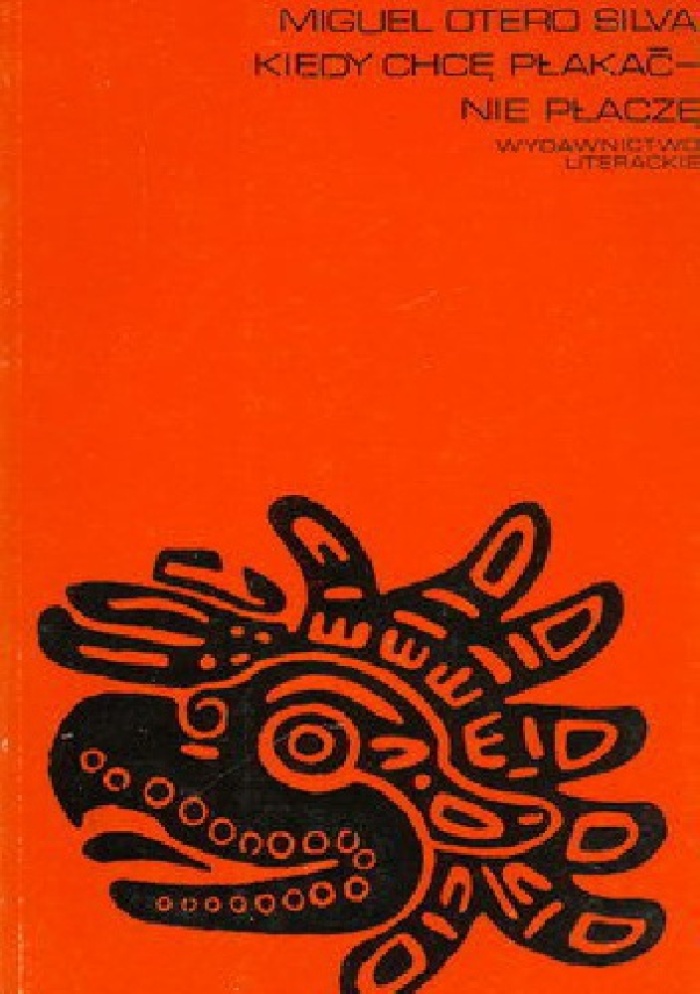
Okładki książek z serii "Proza Iberoamerykańska" Wydawnictwa Literackiego. Źródło: http://lubimyczytac.pl/seria/62/proza-iberoamerykanska/

Okładki książek z serii "Proza Iberoamerykańska" Wydawnictwa Literackiego. Źródło: http://lubimyczytac.pl/seria/62/proza-iberoamerykanska/
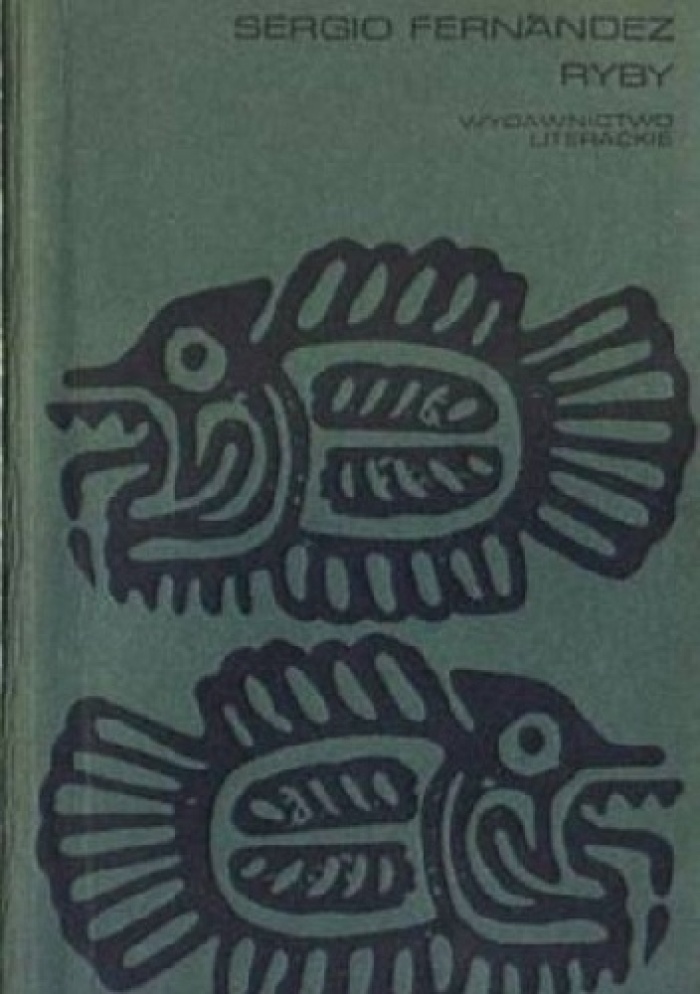
Okładki książek z serii "Proza Iberoamerykańska" Wydawnictwa Literackiego. Źródło: http://lubimyczytac.pl/seria/62/proza-iberoamerykanska/
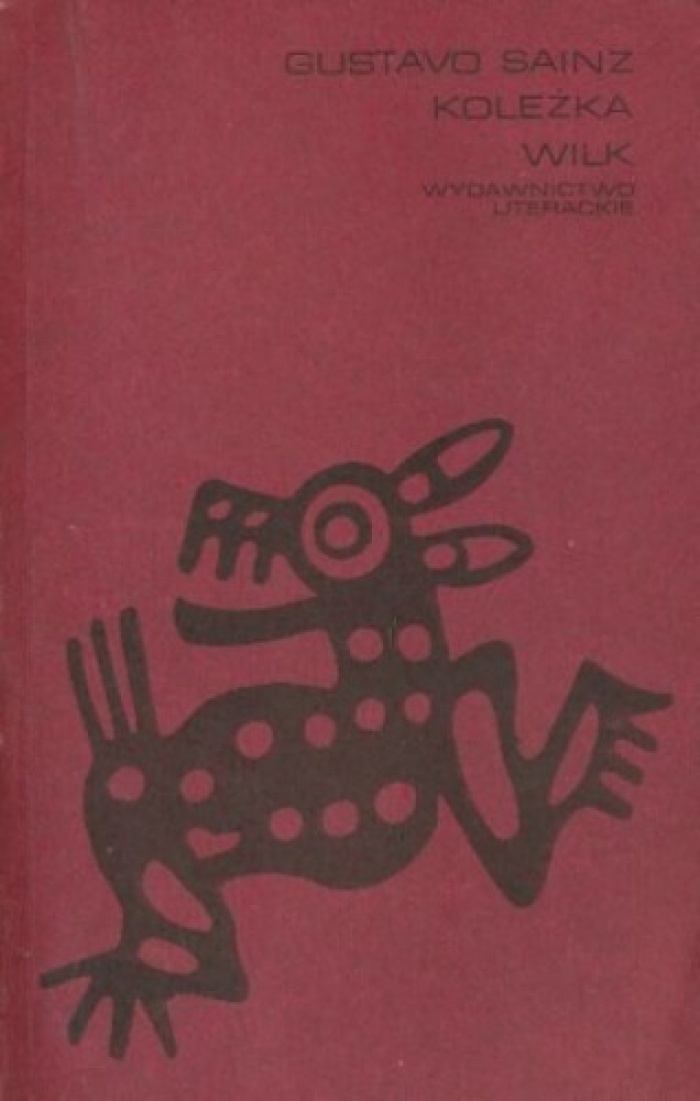
Okładki książek z serii "Proza Iberoamerykańska" Wydawnictwa Literackiego. Źródło: http://lubimyczytac.pl/seria/62/proza-iberoamerykanska/
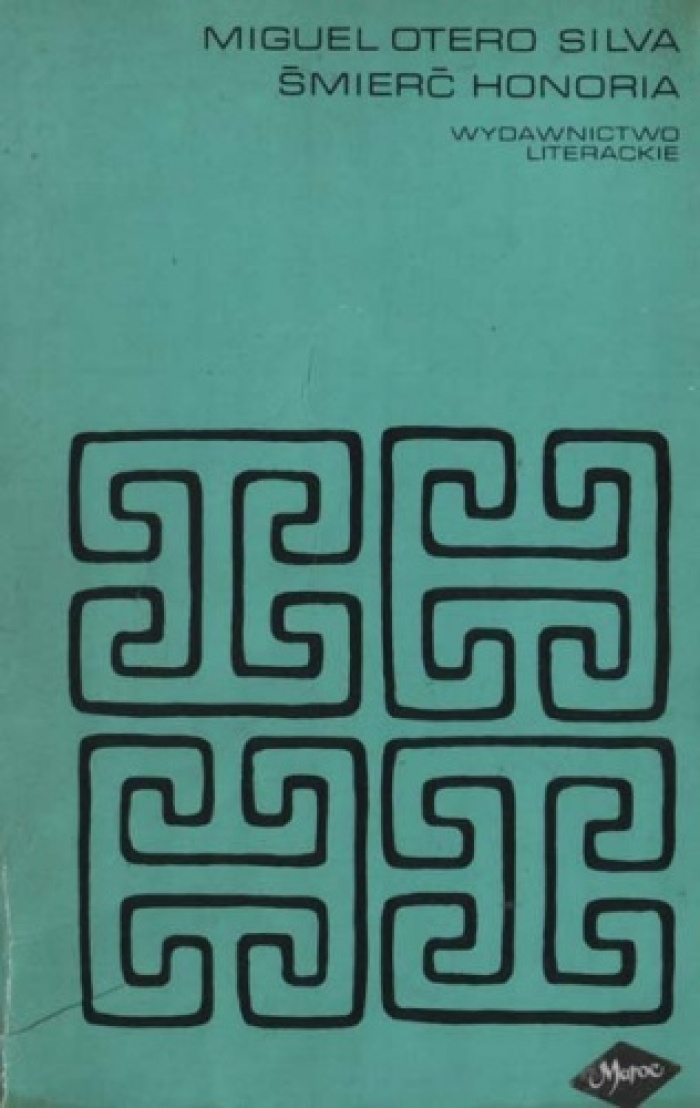
Okładki książek z serii "Proza Iberoamerykańska" Wydawnictwa Literackiego. Źródło: http://lubimyczytac.pl/seria/62/proza-iberoamerykanska/
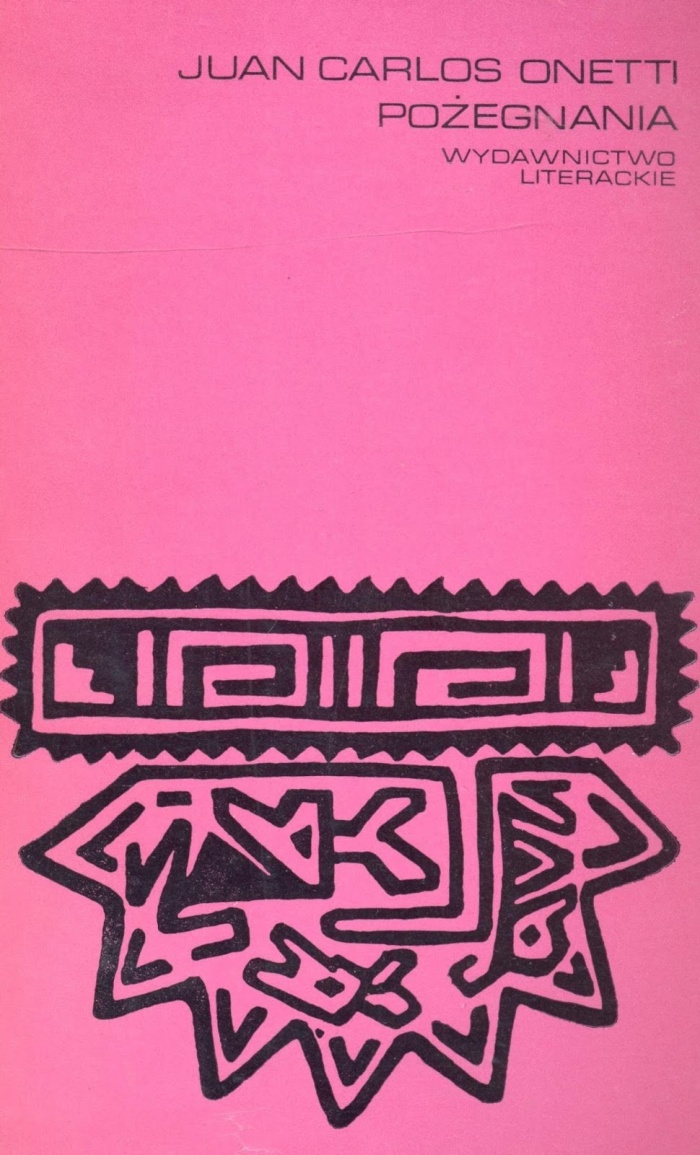
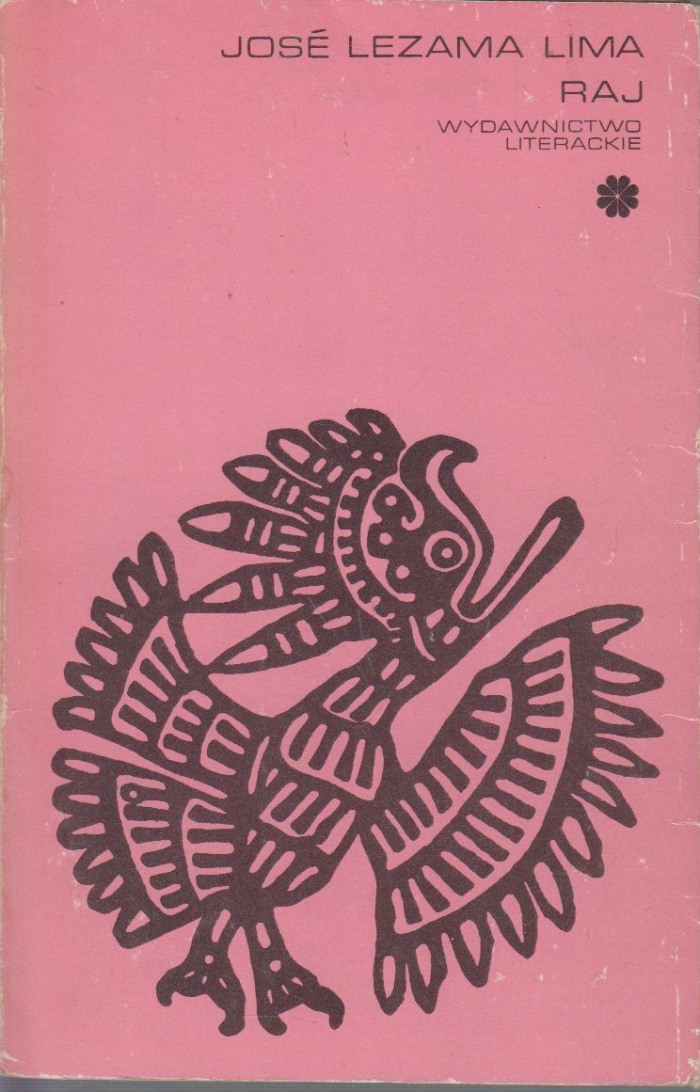
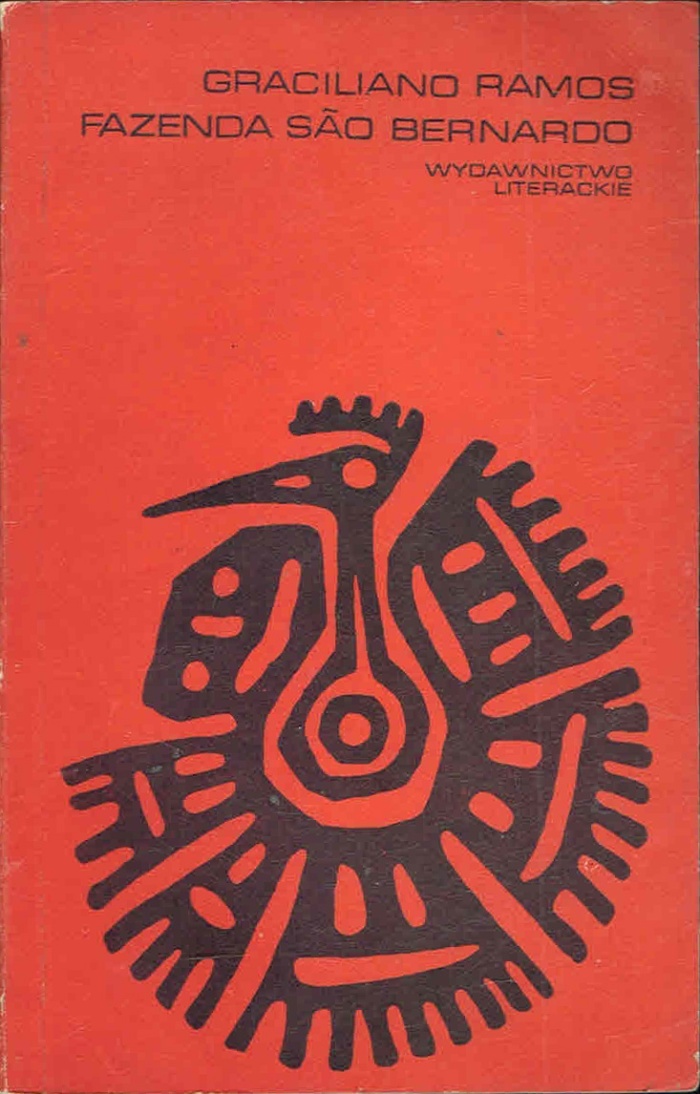
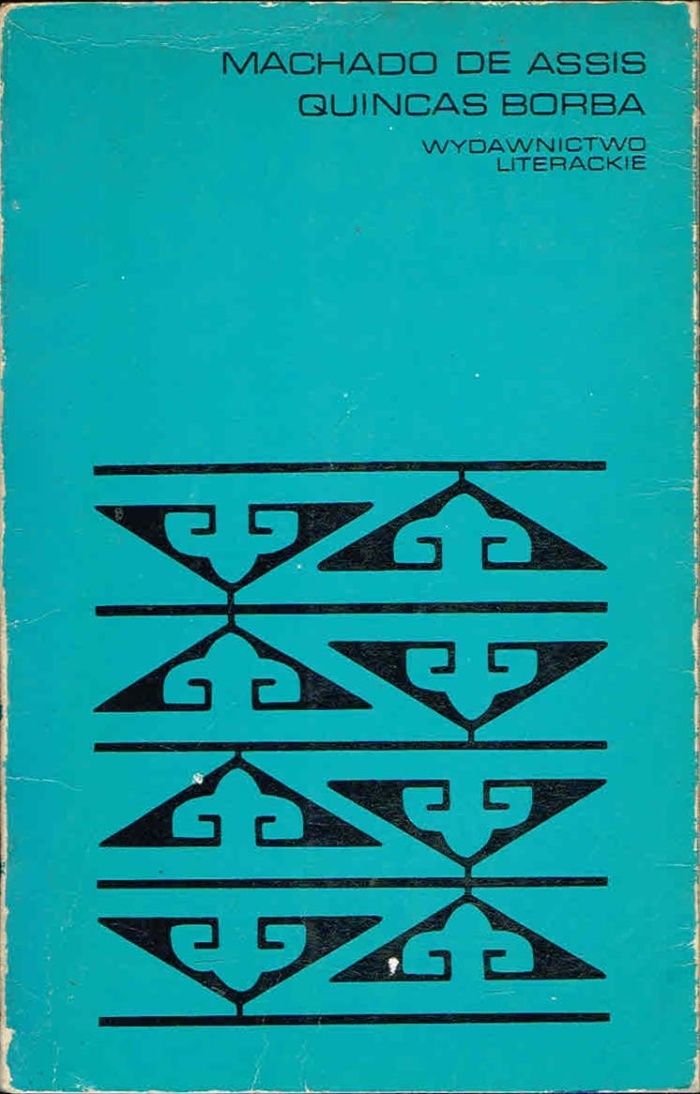
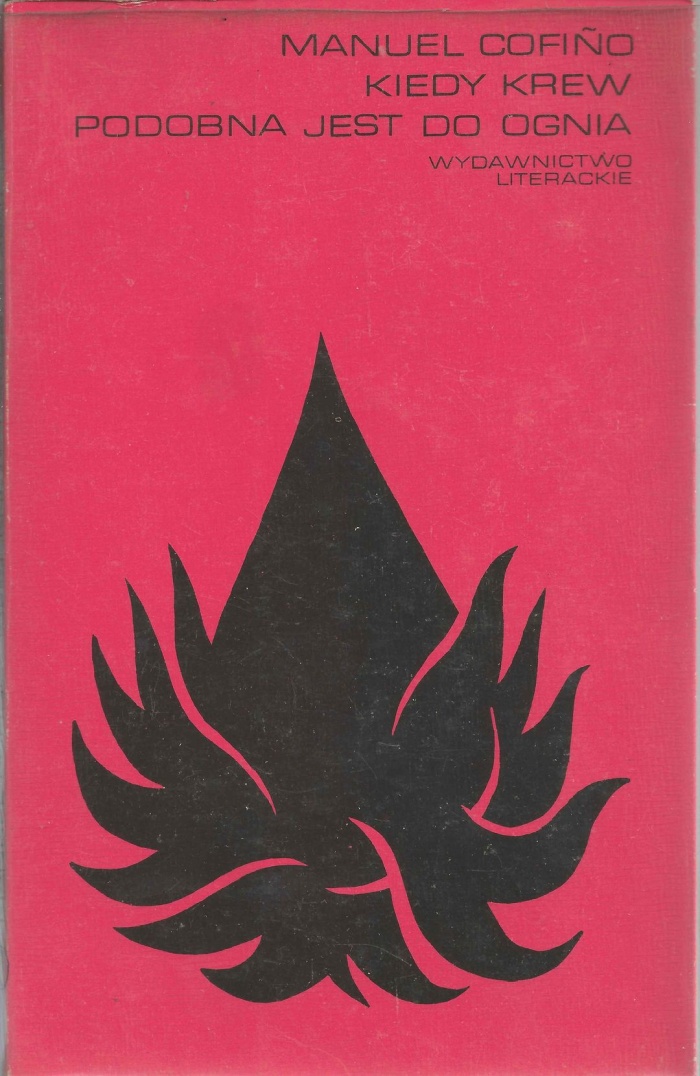
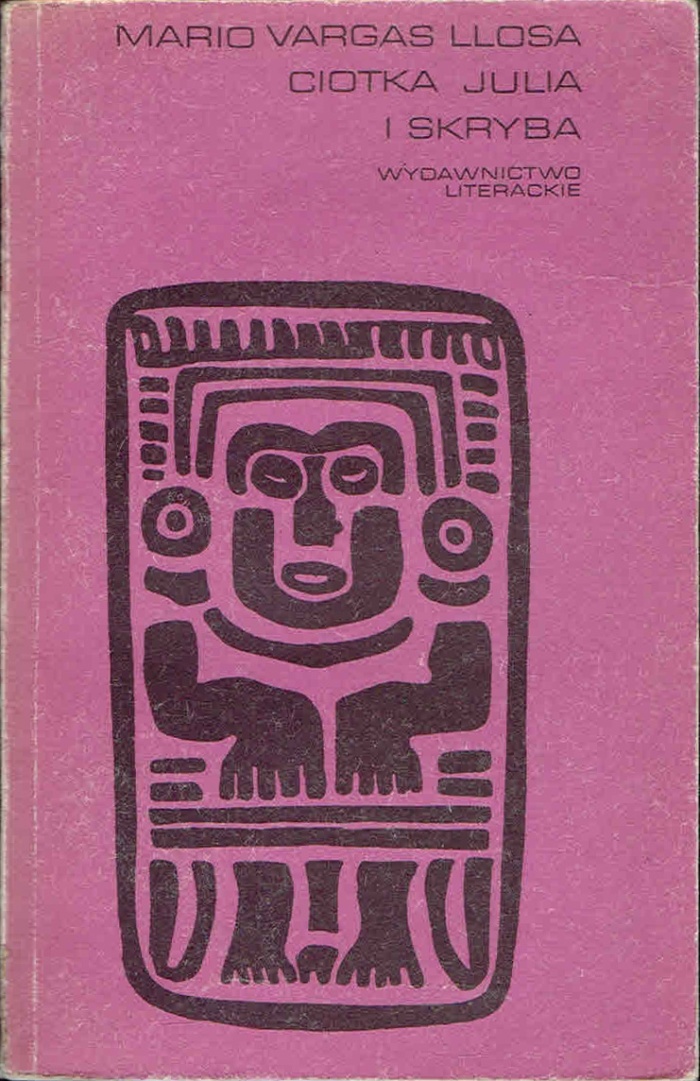
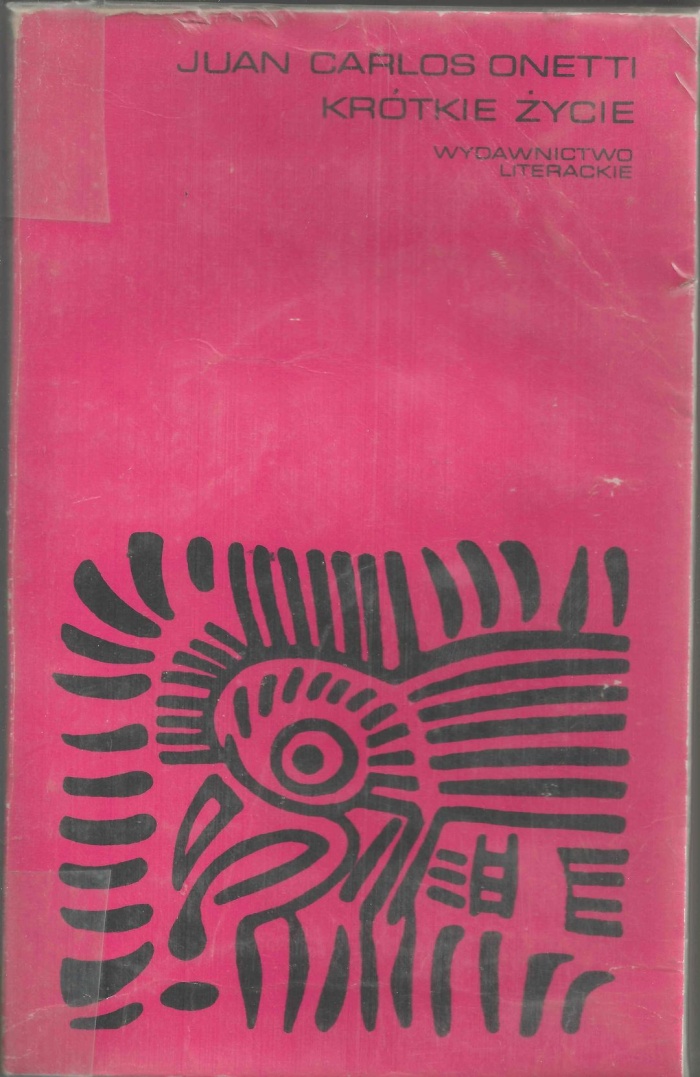
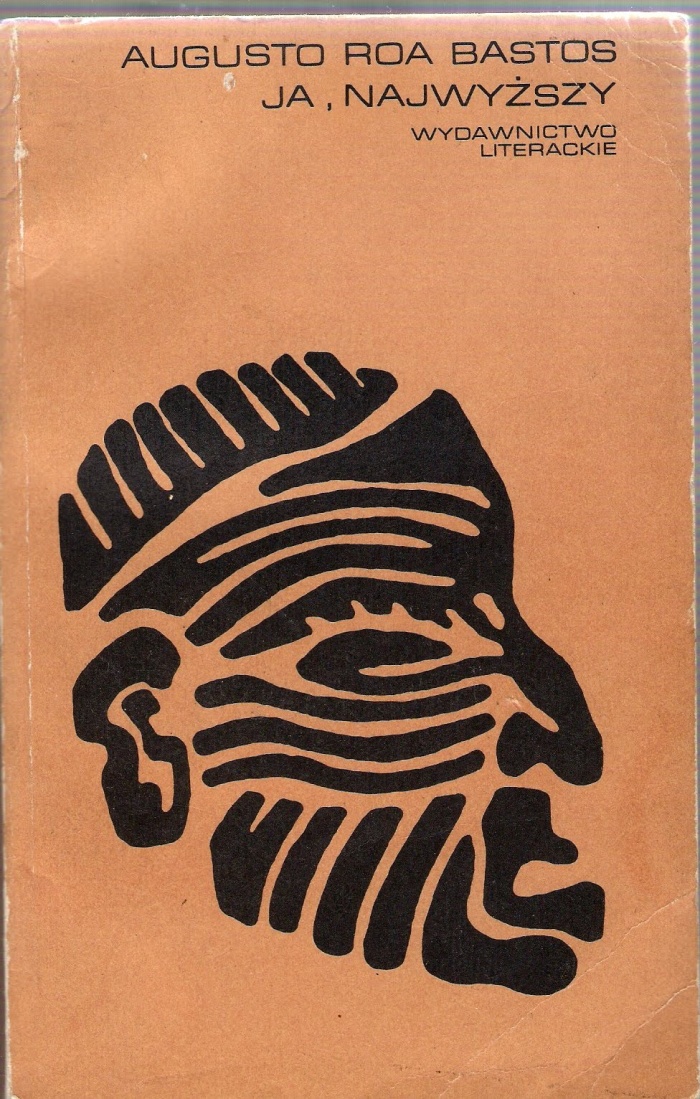
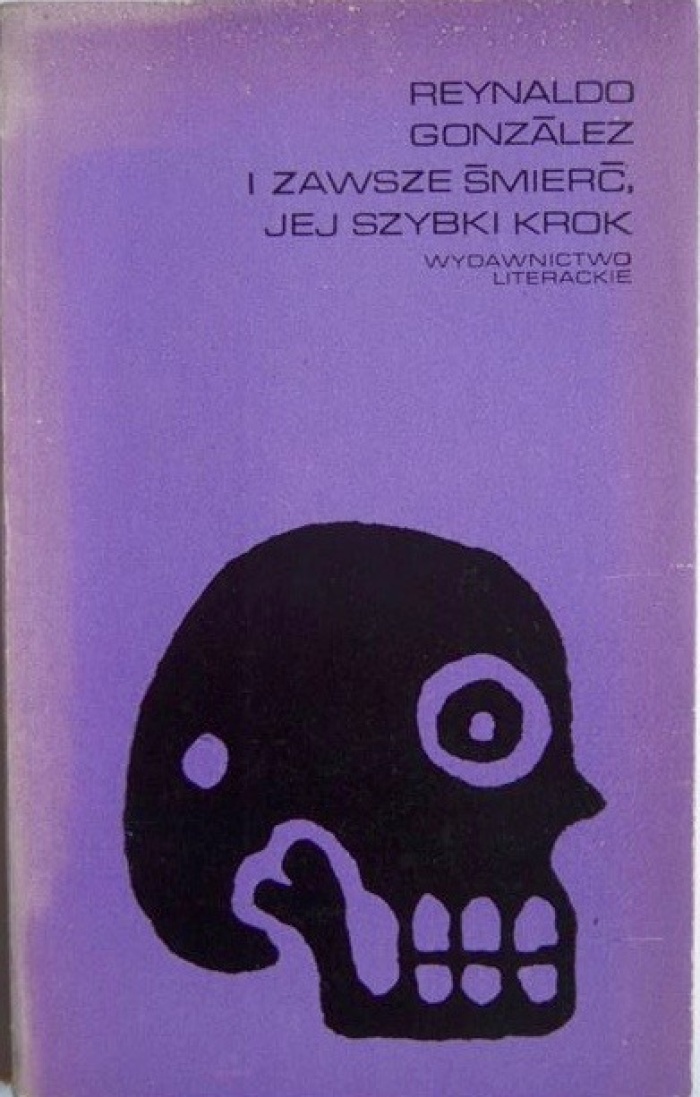
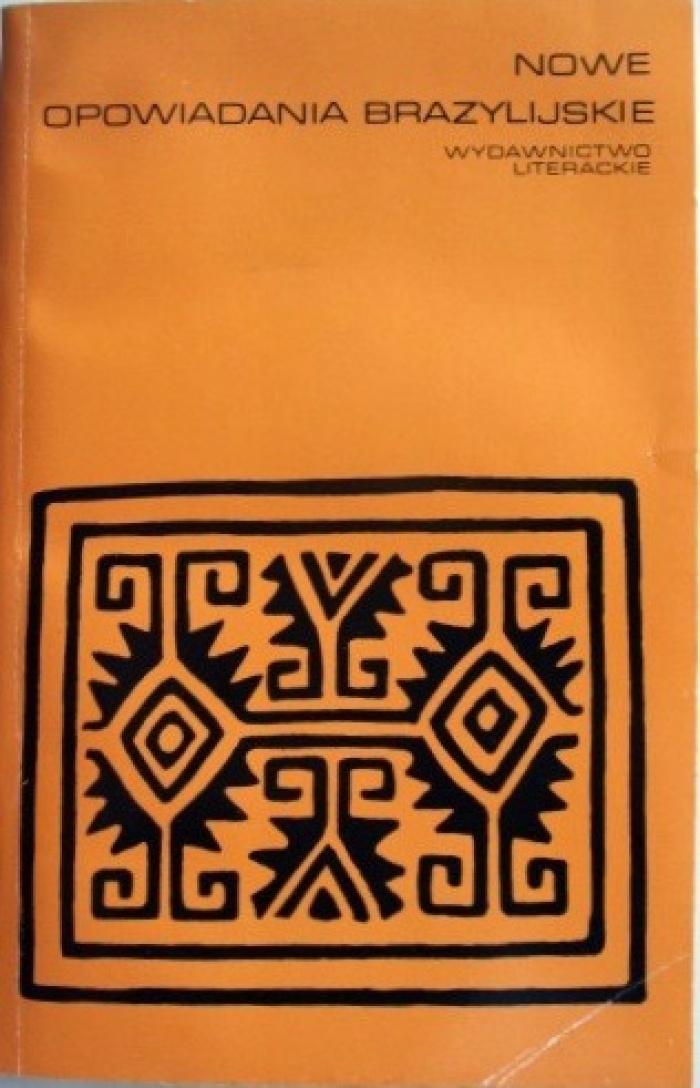
Today, what brings Poland closer to Brazil or Chile is only the fact that this European country is more inclined to close its borders than to keep them open; nevertheless, the fact that its thinking about the past is predicated on historiosophic thought and formats that go back to the 19th century is perhaps an indication that Poland needs to update its horizons beyond Europe. For these reasons, it is a worthwhile challenge to take a fresh look at Ibero-America – not only in the context of ethnic and nationalist postulates but also the critique of capitalism red in tooth and claw and the recent controversy related to the approach to the natural environment in Poland, with its mass tree felling and return to coal as a primary source of energy.
In particular, the approach to nature can prove a starting point for what we in Poland have in common with South America, throwing open an unexpected space of cultural relations. Today, socially engaged left-wing thought, focused on biocentrism has subjected to critical analysis geophagia, terra-deformation and the international division of labor that Galeano had referred to and which continues to be topical, the gist of which is that some countries specialize in being successful and others – in suffering losses. These are issues taken on by the current Ibero-American redefinition of the worldview, co-created by the indigenous population, including the concept of buen vivir, which refers to alternative paths for development and progress, oriented towards a harmonious co-existence of humankind and nature. It is difficult to do justice to the rich complexity of this Spanish term, which refers to quality of life but with the focus on the idea that it is only possible to achieve a sense of well-being within a community. Moreover, the community is usually interpreted in a broad sense, to include nature. Thus, buen vivir integrates prosperity and life shared with others, including the natural environment. In this respect, the concept is constantly evolving, and there have emerged numerous interpretations, depending on the cultural, historic and ecological context. The term, used by social movements, has been adopted with gusto in various government projects and has even been embraced officially in two recently proclaimed constitutions, those of Ecuador and Bolivia. This is a pluralist concept, pivoted on two main points: on the one hand, there is a critique of the Western theory of development, on the other – alternative blueprints for development which stem from the indigenous tradition, in this way exploring a potential that goes beyond the Eurocentric. Crucially, the focus is on solutions for the future, rather than dwelling on the good old times.
The new, ecological philosophy of biocentrism and buen vivir can be adopted as a counter to aggressive geophagia. The force of buen vivir currently faces a serious epistemological crisis. As one of the writers points out in the current issue of Obieg, the “inertia of commonsensical neoliberal thinking, rooted in the individualist, consumerist drive towards possession and with its internalization of ideas and practices that dissolve the communal tissue of life, is the crucial and most profound threat that we face today.”5 Besides the neoliberal inertia and the growth of alt-right xenophobia, there still persists aggressive capitalism, now not only in the West, but also in China, Russia, and Brazil. It was in South America that the greatest environmental disaster of recent years, the Bento Rodrigues dam disaster, took place in Brazil in November 2015. Close to the colonial town of Mariana near Belo Horizonte, the dam on the Rio Doce, the property of Samarco, a joint venture between Vale and PHP Billiton, broke – with more than 60 million cubic meters of toxic substances spilling in brown mudflows over the whole area, killing human and animal life as well as the life of the river for many decades. As long as development remains based on the exploitation of natural resources, natural diversity, and wealth will continue to be a global bane.
Obieg No. 6 takes on board issues related to the environmental and social consequences of natural resource exploitation in Latin America, analyzing analogies with the current situation in Poland. The leitmotif of the issue draws on the observations of Alberto Acosta Espinosa, a writer, politician, and president of the Ecuadorian Constituent Assembly in 2008, at the time of its ratification of the first legislation in the history of the world to recognize the rights of nature. The Ecuadorian Constitution acknowledged that nature in all its life forms “has the right to exist, persist, maintain, and regenerate its vital cycles” and that people owe Nature a duty of care. The legislation thereby affirmed the fundamental equal right to survival of animate and inanimate matter.6 It signified the end of exploitation of the natural resources of the country.
What this progressive Ecuadorian Constitution had in common with the equal rights movements that had preceded it, including those in Bolivia and Costa Rica, was to incorporate into its thinking about Nature the perspective of the indigenous population. This includes respect for Pachamama, or Mother Nature, and the pursuit of sumak kawsay – the Quechua equivalent of buen vivir or “good living" – with its connotations of harmonious co-existence with the natural environment. This new emphasis represented a return to the civilizational achievements of native culture, ravaged by centuries of conquest and colonization as well as republican exploitation. Acosta called this trend “biocentric socialism,” in which everything connects in an equal co-existence of humankind and the natural world.
There is no doubt that the rights of nature are biocentric by definition. Nevertheless, the fact that such a perception has come to prevail probably owes much to the recent decades of left-wing thought and writers such as Galeano as well contemporary feminists who take a stand against “magic words,” such as Silvia Rivera Cusicanqui, represented in the current issue of Obieg, rather than to traditional socialism, somewhat less anthropocentric than capitalism. Traditionally, socialism treated the natural world as a good inherited for the benefit of humankind, secularizing the biblical dictum “[R]eplenish the earth and subdue it.”7 In the mid-19th century, the Latin American continent was only lightly industrialized, with few factories, and in consequence, workers that could be described as an industrial proletariat – the mainstay of traditional socialism – were few and far between, comprising mainly those employed in the oil industry in Ecuador, or in the mines of Brazil and Chile, on comparatively high wages. Thus, the new left-wing, with its goal of social justice, found its chief support amongst the “indígenas” – rural workers, or campesinos, at that time not yet linked through any formal movements, but deeply committed to Mother Earth. It was thanks to the activities of such individuals as Augusto Acosta or Eduardo Gudynas that it was in Ecuador that the first legal step was taken on the path of radical transformation in attitudes to the natural environment that transcended national borders and capitalist considerations.
Similar thinking has also inspired social movements in other Latin American countries, with the noticeable impact of the indigenous belief systems of the Aymara tribes in Bolivia, the Quechua in Ecuador, and the Mapuche in Chile and Argentina. However, the proponents of biocentrism and buen vivir claim that these concepts owe as much to indigenous beliefs as they do to political philosophy. Another possible insight is offered by Debora Danowski and Eduardo Viveiros de Castro – that of the Amero-Indian perspective.
How does this approach work in practice? Let us look at land ownership, for example. According to the principles of buen vivir, “living well,” people can never own land and its resources but can only be its guardians. This take contradicts the notion of “natural capital,” recently promoted vigorously in business circles. The very act of putting a price on natural resources implies ownership of the planet. Although capital can be passed around freely, if our natural habitat is destroyed, we will find ourselves surviving in a world that we have only glimpsed in dystopic science-fiction films. Latin America’s alternative paradigm of buen vivir presents a critical stand against today’s methods of gas and oil exploitation and the status quo of industrial-scale agriculture, forestry, and fishing. Capitalism has proved to be the perfect advocate for individual rights of possession. In the new Latin American paradigm, the rights of the individual, however, have been subjugated to the right of nations, society, and nature – in an approach that has more in common with shared consumption, another concept that has gained worldwide interest.
Unlike those in Europe, Latin American environmental alternatives are less related to the financial crisis and austerity policies. Whereas European protest movements are being intercepted by right-wing, xenophobic, and ultra-nationalist factions, the principles of Latin American buen vivir are more conducive to putting forward alternative programs for the management of the economy and evolving communal practices.
This is an important discrepancy. The anti-austerity movements in Europe, which seek to bring about a more humanitarian form capitalism, seem to be fundamentally European or at least Eurocentric.
For example in Spain, in 2015, the anti-austerity street protests by the movements M15 and Los Indignados erupted, hitting the headlines all over the world with their fairly internationalist protests against social inequality and lack of security. In the aftermath of the protests, however, the left-wing party Podemos was founded, with the populist goal to reorganize the management of economic relations in the country on a more equitable basis.
In contrast, buen vivir seeks to transform fundamentally the manner in which global social justice movements question market globalism, which puts it on a collision course with free-market environmentalism and the “green economy roadmap,” promoted by the UN.
Buen vivir differs from the Western approach informed by contemporaneity. This Latin American concept emerged out of anti-colonial struggle in a drive to strengthen national identity. Nevertheless, it should not be interpreted as a return to a distant, pre-colonial Andean past. This is not a static concept but one that is unfolding before our very eyes.
With the postulates of buen vivir in mind, Obieg No. 6 juxtaposes the different approaches to biocentrism and geophagia in selected places in South America. We look at the potential implications of biocentric socialism, looking for the links between historical and contemporary terra-deformation on the continent with the practices of contemporary art and visual culture. We investigate how the “production of images” in Latin America documents, comments on and takes issue with the still unsated hunger for natural resources, analyzing such responses to natural catastrophes as a quest for new artistic perspectives, speculative models of understanding and socially engaged tactics towards the natural environment both in Poland and South America. Finally, we ask whether the state of buen vivir and the biomediated concept of ownership have an existential rationale in the world of art.
Translated from Polish by Anda MacBride
Read the whole issue >>>
* Cover photo: An iron mine in Jardim Canadá, near Belo Horizonte, 2015. Photo: Krzysztof Gutfrański
[1] Georges Perec, Species of Space and Other Pieces, ed. and trans. by John Sturrock, Penguin Books, London 1997, p. 79. [emphasis added by the author]
[2] Open Veins of Latin America, trans. by Cedric Belfrage, Monthly Review Press, New York 1973. See full text: https://archive.org/stream/fp_Open_Veins_of_Latin_America/Open_Veins_of_Latin_America_djvu.txt
[3] See Małgorzata Gaszynska-Magiera, Po latach o boomie. Wokół serii Proza iberoamerykańska, “Przekładaniec,” no. 21, pp. 196–211. Let us not forget the translators who contributed to the series, and who belonged to the ranks of the best Polish translators of Spanish (and other) literature, such as Zofia Chądzyńska, Kalina Wojciechowska, Teresa Marzyńska, Andrzej Nowak (perhaps the most versatile translator, including outstanding translations of poetry, who accompanied the series from the beginning).
[4] In the field of literature there are some exceptions towards the post-communist disconnection between Poland and Latin America, such as the (now defunct) publishing house Muchaniesiada founded by Tomasz Pindel and the micro-series Las Américas – obscure classics of Latino literature published by Universitas.
[5] Silvia Rivera Cusicanqui, Magical Words; in this issue of Obieg; http://obieg.u-jazdowski.pl/numery/terradeformacja/magiczne-slowa
[6] Ecuadorian Constitution of 2008, article 71; https://therightsofnature.org/wp-content/uploads/pdfs/Rights-for-Nature-Articles-in-Ecuadors-Constitution.pdf (date accessed: 15 December 2018).
[7] A similar ethnocentric principle inspired such Soviet-era endeavors as reversing the flow of Siberian rivers, building the White Sea canal or exploiting the Caspian Sea.



